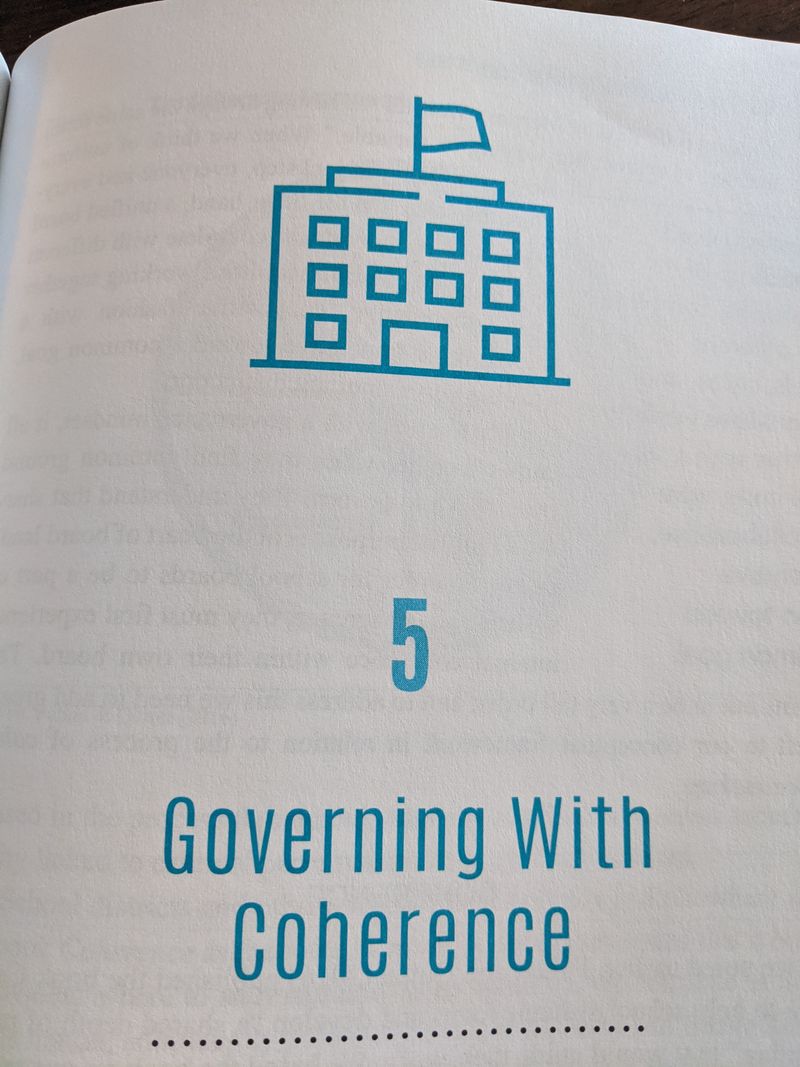(I've skipped notes for 3 and 4 for now. Ch. 5 is interesting so I'm forging ahead.)
Chapter 5 discussed coherence and coherence-making. The authors are careful to differentiate coherence from uniformity. Coherence has four components: focus (or unity of purpose), culture, accountability, and deeper learning. (p. 89) For me, coherence is still a hard thing to define. It has elements of consistency, order, and clear communication, but I haven't nailed down the components that make sense for me yet. Fullan has a short video about coherence which helps a liiiiittle and I suspect it'll make more sense if I actually read his other book.
Coherence-making is about building coherence, and to do so, say the authors, there must be trust and collaborative culture. As always you start by building your unity of purpose collaboratively. Great, except they don't go into what collaboration means, and actually even conflates collaboration with compromise. Argh.
They have more to say about trust – "Trust is more an outcome than a precondition," (p. 93) of being reliable and competent. "Trust is when members of a board have faith that the motivation and inherent beliefs of colleagues are honorable, ethical, and honest." (p. 94)
The rest of the chapter describes distractions and challenges to coherence, and the super quick summary is really to have balance and remember to govern in the helicopter. Balance between individual core values and the Board's moral purpose; balancing the needs of a subset of constituents and the whole district; balancing leading and following. Don't micromanage/fight fires on the front lines.

